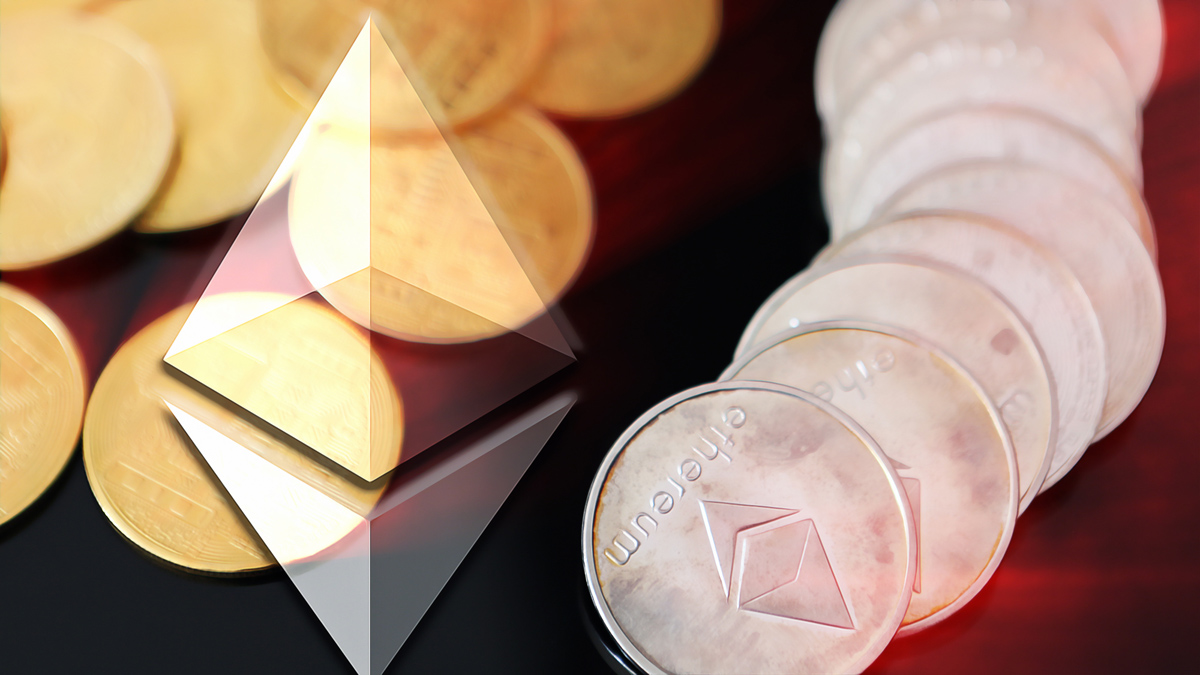Investors in global markets, along with cryptocurrency investors, eagerly awaited the release of the leading US employment data, the ADP private sector employment figures. According to the data, US private sector employment increased by 184,000 in March.
US Private Sector Employment Data Surpasses Expectations
US private sector employment data has been released. While economists expected the private sector employment figure to increase by 148,000 in March, the actual increase was 184,000. The expected increase in private sector employment for February was 149,000 but was announced as 140,000, staying below expectations.
The private sector employment data is a measure of the monthly change in employment in non-agricultural, private employment areas, based on payroll data from about 400,000 US workers. This data, released two days before government data, is considered a leading indicator ahead of the government’s non-farm employment data.
Although the announced private sector employment data can be quite volatile, data exceeding expectations can signal a positive/bullish market for the US dollar, while data below expectations can indicate a negative/bearish market for the US dollar.
Current Situation of the US Dollar Index (DXY)
Before the release of the March private sector employment data, the DXY index had fallen by 0.05% in the last 24 hours to 104,684 but began to recover after the data exceeded expectations, rising to 104,720.

As is well known, the DXY index measures the trajectory of the US dollar against other major currencies. The index was developed by the Fed to measure the trade-weighted average value of the US dollar against global currencies. The index rises when the US dollar gains value against other major currencies and falls when it loses value. An increase in the DXY index is considered negative/bearish for risky markets like the cryptocurrency market, while a decrease is seen as positive/bullish.
To calculate the index, a basket of six globally strong currencies is used. This basket consists of 57.6% Euro, 13.6% Japanese yen, 11.9% British pound, 9.1% Canadian dollar, 4.2% Swedish krona, and 3.6% Swiss franc.

 Türkçe
Türkçe Español
Español









